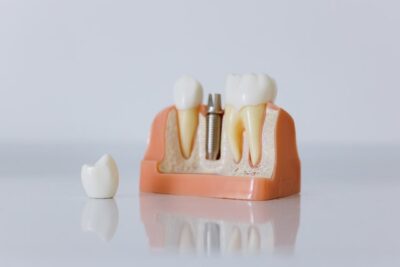Botox has become a household name thanks to its popularity as a non-surgical cosmetic treatment to combat signs of aging. Despite its widespread use, many people still question this procedure, how it works, and whether it’s right for them. This comprehensive guide will answer these questions and provide a beginner-friendly introduction to Botox, highlighting its benefits and potential risks.
What is Botox?
Botox is a brand name for botulinum toxin type A, a purified protein derived from the bacterium Clostridium botulinum. Although botulinum toxin is a potent neurotoxin, it has been safely used in the medical and cosmetic industries for decades. When administered in small, controlled doses, this treatment can effectively smooth wrinkles and fine lines by temporarily paralyzing the underlying muscles responsible for their formation.
Common Applications of Botox
Cosmetic Enhancement
This procedure is most commonly used as a cosmetic treatment to reduce the appearance of wrinkles and fine lines, particularly in the following areas:
- Forehead lines
- Frown lines (also known as “elevens” or glabellar lines)
- Crow’s feet (lines around the eyes)
- Bunny lines (lines on the sides of the nose)
- Lip lines (also known as “smoker’s lines”)
Medical Uses
Beyond its cosmetic applications, the treatment is also used for a variety of medical conditions, including:
- Chronic migraines
- Excessive sweating (hyperhidrosis)
- Overactive bladder
- Muscle stiffness and spasms
- Eye disorders (such as strabismus and blepharospasm)
Understanding the Botox Procedure
1. Consultation
Before undergoing treatment, it’s crucial to have a consultation with a qualified medical professional. During this appointment, they will assess your medical history, discuss your expectations, and determine if you are a suitable candidate for it.
2. Preparation
On the day of the procedure, you should avoid consuming alcohol and taking blood-thinning medications, such as aspirin or ibuprofen, to minimize the risk of bruising.
3. The Procedure
The injections used in this procedure are typically administered by a qualified healthcare provider in a clinical setting. The provider will use a fine needle to inject small amounts of botulinum toxin into the targeted muscles. The procedure usually takes 10-15 minutes and is relatively painless, with most patients reporting only mild discomfort.
4. Post-Treatment Care
After receiving the injections, you should avoid rubbing or massaging the treated area for at least 24 hours, as this can cause the botulinum toxin to spread to nearby muscles, leading to unintended effects. Most people can return to their daily activities immediately following the procedure, with minimal downtime required.
Results and Longevity
The treatment results become visible within 3-5 days, with the full effects apparent after 1-2 weeks. The results typically last 3-6 months, after which the treated muscles regain their function, and the wrinkles or fine lines may reappear. To maintain the desired results, patients often opt for regular.
Conclusion
Botox has revolutionized the world of non-surgical cosmetic treatments, offering a quick and relatively painless way to reduce the appearance of wrinkles and fine lines. With proper care and maintenance, botulinum toxin can help you achieve a more youthful and refreshed appearance, boosting your confidence and overall satisfaction. By understanding the basics of this procedure, its applications, and the procedure, you can decide whether this treatment is right for you. Consult a qualified healthcare professional to discuss your expectations and ensure a safe and successful experience.










